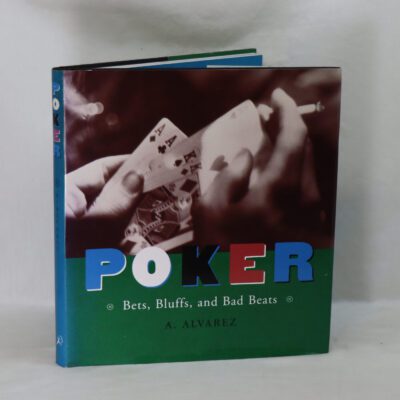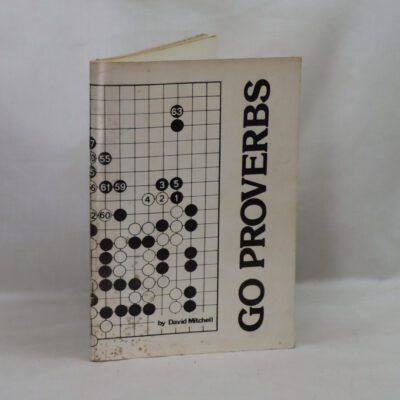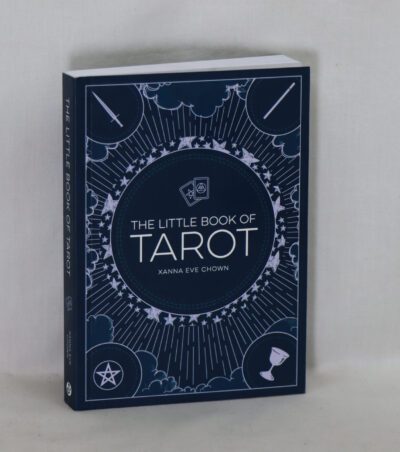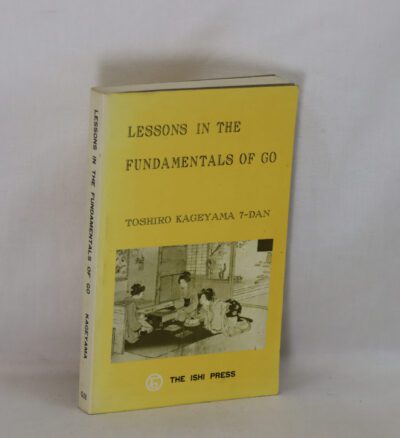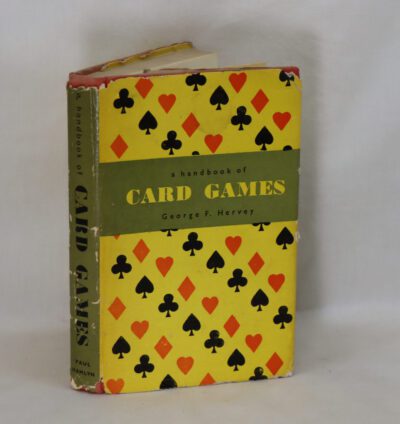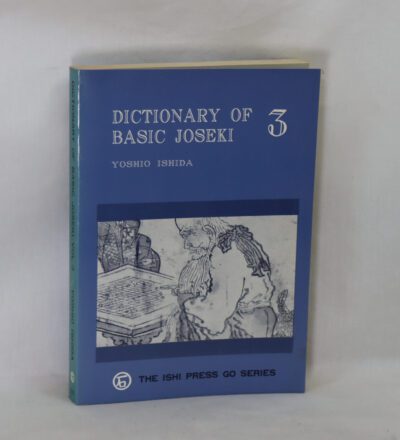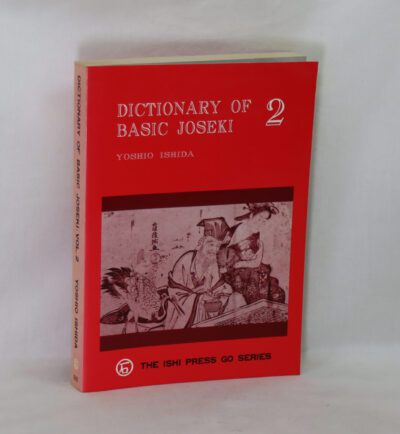How to Play Chess Endgames.
By Karen Muller & Wolfgang Pajeken
Printed: 2022
Publisher: Gambit Publications.
| Dimensions | 17 × 24 × 2.5 cm |
|---|---|
| Language |
Language: English
Size (cminches): 17 x 24 x 2.5
Condition: As new (See explanation of ratings)
Item information
Description
Softback. Blue binding with yellow title and chessboard on the front board.
F.B.A. provides an in-depth photographic presentation of this item to stimulate your feeling and touch. More traditional book descriptions are immediately available.
There are two kinds of endgame books in this world.
The first kind is of an encyclopedic nature and in the second kind the material is structured around themes, such as defence, fortresses, zug-zwang etc. One of the authors of this book (Müller) has written one endgame book of the first category (Fundamental Chess Endings, FCE ,2001) and has now co-authored this endgame book which is of the second kind of endgame book. I own the FCE book and it’s also excellent. This newer endgame book (from 2008) is structured around important themes that occur in the endgame. Furthermore, it contains a very useful section of good general endgame advice that is good keep in mind in practical games. I found this book very enjoyable to read and the chosen examples enlightening. It is not a book that you need to read from A-Z, but instead you can skip back and forth between the sections that are
most relevant to you. I am decent club player (around 2000 ELO at the time of writing the review) and for me the level of
the material in the book is just right. I certainly learned a lot of new things and some advanced concepts, and I still return to the book after playing complicated endings in tournaments to see where I went wrong and what I got right.
I can recommend this book to any ambitious club player who wants to improve their level of endgame play. However, it is *NOT* a book for complete beginners in the endgame I think – you are probably better off getting an introductory endgame book.
Chess is a board game for two players. It is sometimes called Western chess or international chess to distinguish it from related games, such as xiangqi (Chinese chess) and shogi (Japanese chess). The current form of the game emerged in Spain and the rest of Southern Europe during the second half of the 15th century after evolving from chaturanga, a similar but
much older game of Indian origin. Today, chess is one of the world’s most popular games, played by millions of people worldwide. Chess is an abstract strategy game and involves no hidden information. It is played on a chessboard with 64 squares arranged in an eight-by-eight grid. At the start, each player controls sixteen pieces: one king, one queen, two rooks, two bishops, two knights, and eight pawns. The player who moves first controls white pieces, and the other controls black pieces. The object of the game is to checkmate the opponent’s king, whereby the king is under immediate attack (in “check”) and there is no way for it to escape. There are also several ways a game can end in a draw. Organised chess arose in the 19th century. Chess competition today is governed internationally by FIDE (International Chess Federation). The first universally recognised World Chess Champion, Wilhelm Steinitz, claimed his title in 1886; Magnus Carlsen is the current World Champion. A huge body of chess theory has developed since the game’s inception. Aspects of art are found in chess composition, and chess in its turn influenced Western culture and art, and has connections with other fields such as mathematics, computer science, and psychology. One of the goals of early computer scientists was to create a chess-playing
machine. In 1997, Deep Blue became the first computer to beat the reigning World Champion in a match when it defeated Garry Kasparov. Today’s chess engines are significantly stronger than the best human players and have deeply influenced the development of chess theory.
Want to know more about this item?

Related products
Share this Page with a friend



